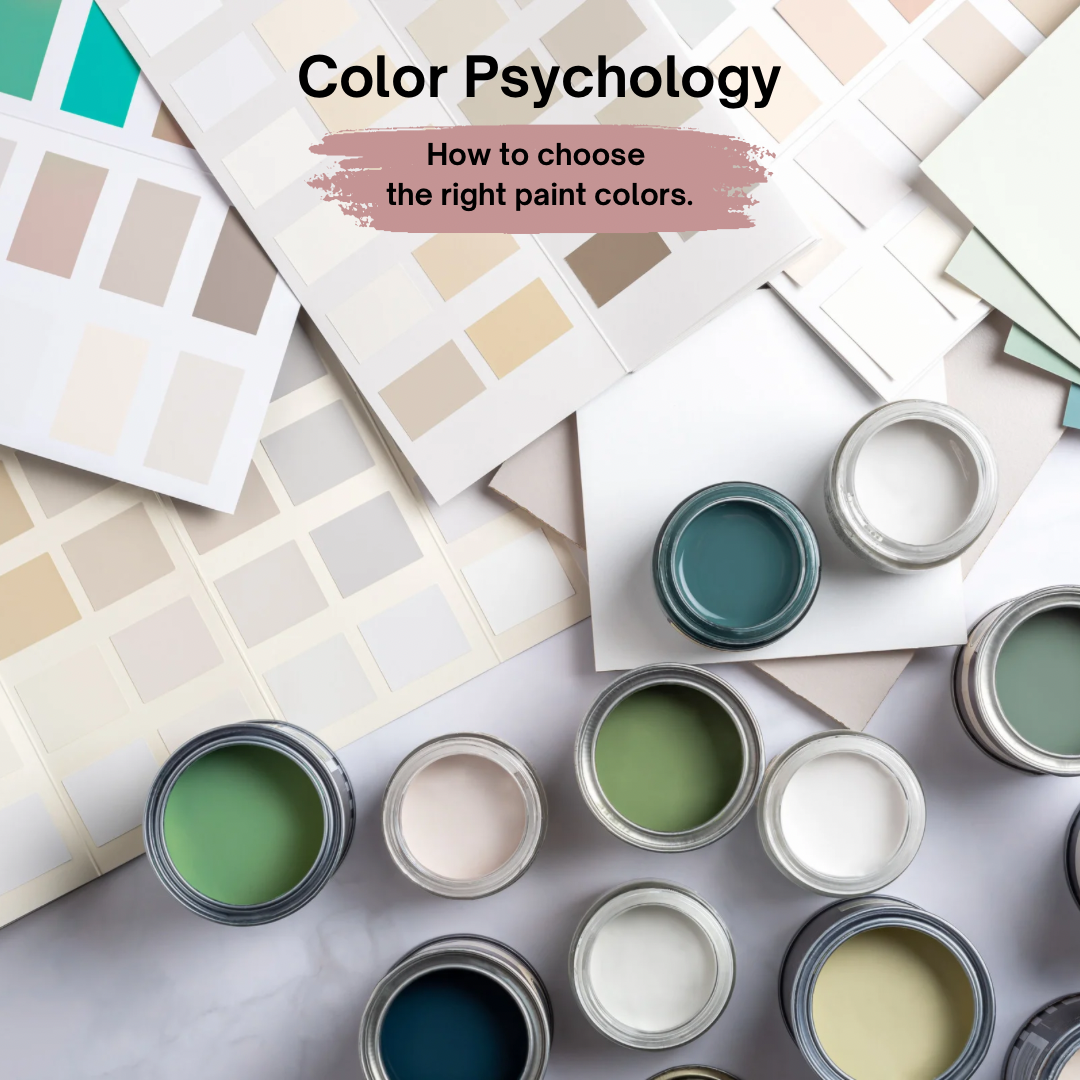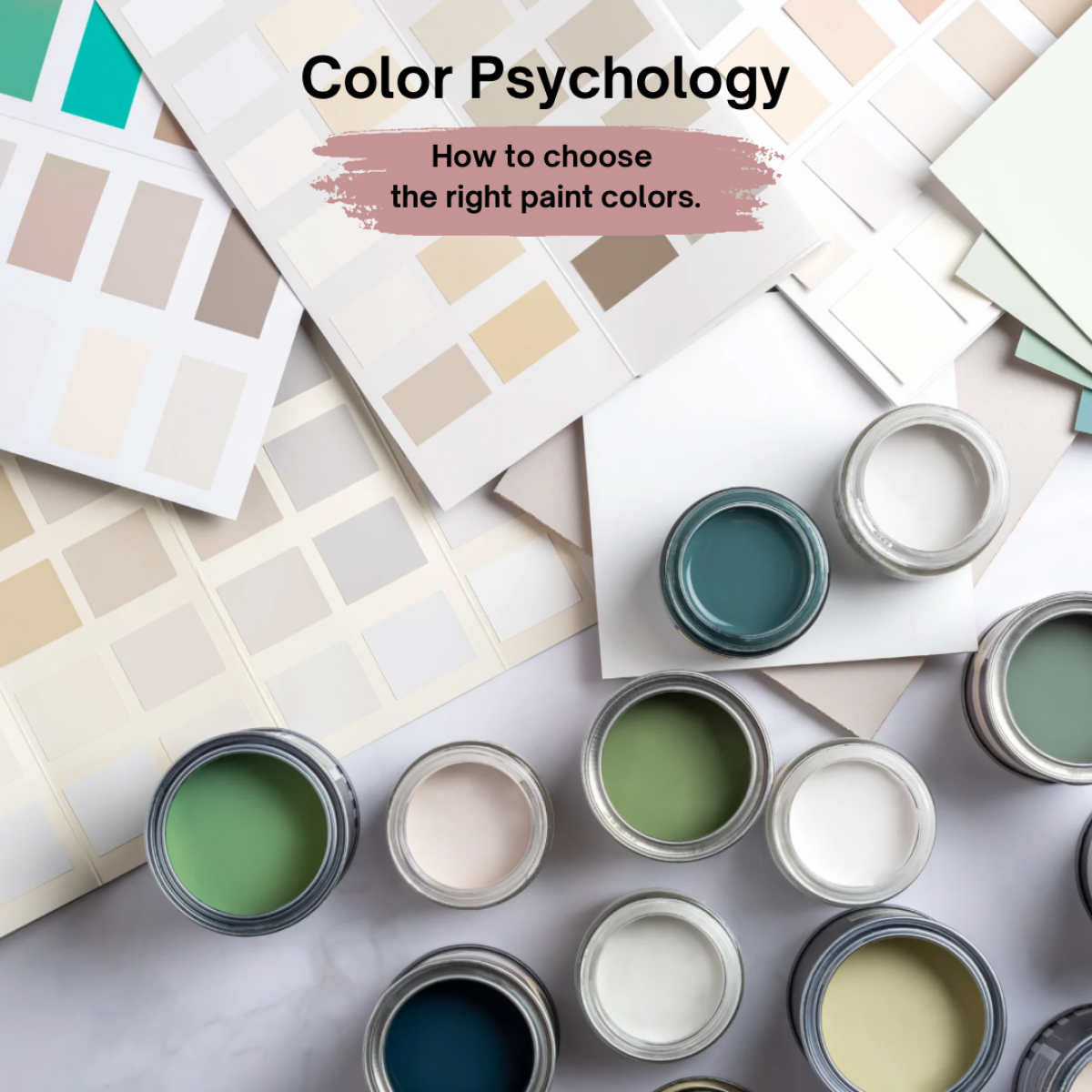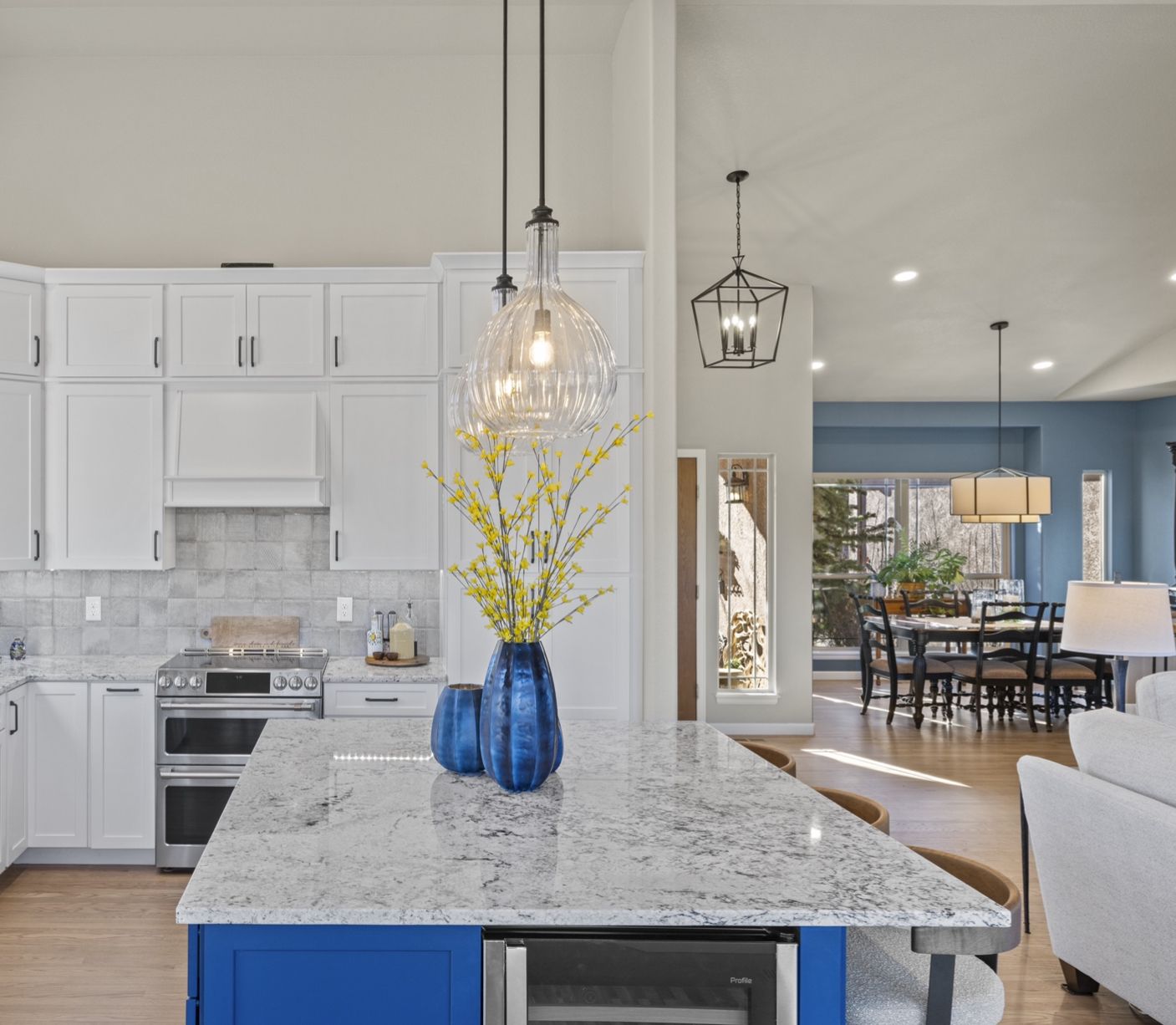
Color Psychology and Its Impact on Mood: Painting the Interior of Your Home

Colors have a profound impact on our emotions and behaviors. The psychology of color is an essential consideration when planning the interior design of your home. By understanding how different colors can affect your mood, you can create a space that not only looks beautiful but also feels harmonious and inviting.
The Power of Color Psychology
Color psychology is the study of how colors influence human behavior and emotions. Different colors evoke different responses, and when used thoughtfully, they can transform your living spaces into environments that promote relaxation, productivity, or socialization.
Creating Mood with Color Schemes
When selecting colors for your home's interior, it's important to consider the overall mood you want to achieve. Here are some common color schemes and the moods they can create:
- Energizing Spaces: Bold and vibrant color schemes can stimulate the mind and energize the body. These schemes often include a mix of bright colors that can be used in spaces where activity and interaction are encouraged, such as kitchens, playrooms, or gyms.
- Calming Retreats: Soft, muted color schemes can promote relaxation and tranquility. These palettes are ideal for bedrooms, bathrooms, and other areas where you want to unwind and de-stress.
- Balanced Environments: Neutral color schemes offer versatility and balance, providing a timeless backdrop that complements various decor styles. These schemes are perfect for living rooms, dining areas, and open-plan spaces.
Using Color Accents
In addition to your primary color scheme, accents can play a crucial role in enhancing the mood of a room. Consider these tips for using color accents effectively:
- Accent Walls: Painting one wall in a contrasting color can add depth and interest to a room without overwhelming the space.
- Furniture and Decor: Incorporate colorful furniture, throw pillows, rugs, and artwork to add pops of color and personality.
- Lighting: The type and color of lighting can significantly impact how colors appear in a room. Warm lighting can enhance cozy, intimate spaces, while cool lighting can make a room feel more open and airy.
The Importance of Lighting
Lighting is a critical element in color psychology. Natural light can enhance the true colors of your paint, while artificial lighting can change the perception of color. Consider the direction your windows face and the type of lighting you use to ensure your chosen colors achieve the desired effect.
Transform Your Home with Color Psychology
Color psychology is a powerful tool in interior design. By understanding the impact of different colors on your mood, you can create a home that not only looks beautiful but also feels right. Contact Alpine Contracting today for a consultation and let our experienced professionals bring your vision to life.


